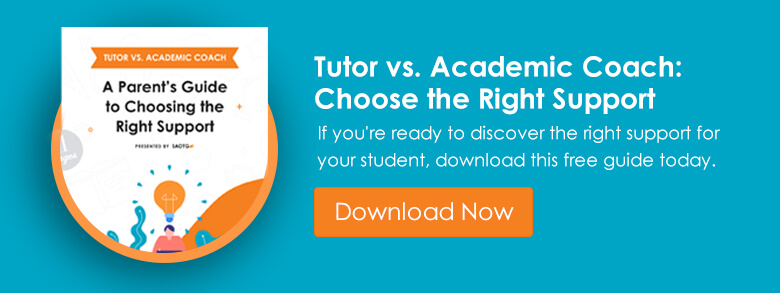Measuring progress is one of the essential steps in building academic momentum. We often use the analogy of a long-road trip to convey the necessary inputs of long-term student success. One of the critical components of this fictional road trip is direction. Because this analogy is fictitious in form, let’s imagine the road trip taking place circa 1950. Yes, that’s right — no iPhones, iPads, car play, or anything to guide the driver toward his or her destination. A simple map is the only navigational tool available.
This long road trip is all about CRC, consistent route checking. The driver can ensure an efficient trip by just checking the map often. Ignoring the map inevitably results in delays and frustration. The same can be said about a student’s progress. The failure to write goals and objectives, the lack of habits and routines, and ignorance of CRC inevitably lead to underperformance. Now that we understand the importance of checking one’s progress, how exactly do we do it?
Although we often assess students’ progress via report cards and exam grades, there is usually more to the story. The fact of the matter a human being is incapable of complete assessment by numerical values alone. Just like job performance is measured through quantitative and qualitative measures, so too should student success. The hard skills (test performance, homework completion, etc.) should be evaluated alongside the more nuanced soft skills like organization, time management, and impression management. A clear picture of progress and potential comes into view only when we combine the dual natures of student performance.
Of course, measuring student progress comes with a host of challenges beyond the essence of scope. Another factor is perspective. Most people will admit that students themselves are often biased in assessing progress. Frankly, we all are. Our perspective of our own progress is skewed one way or another. Some students are too hard on themselves, while others need to be more critical. Parents and teachers can also be biased, however. Parents sometimes have strict standards that either don’t fit their child or are missing other elements of students’ success (see paragraph above on scope). Teachers, like the rest of us, carry biases too. Some measure student performance on mere empirical data compared to the class average, ignoring the better approach of measuring a student compared to that student’s past performance.
Effectively, there are three dimensions to a progress checking practice: timeliness, balance, and applicability. We will examine each aspect individually in the paragraphs to follow. For now, know this: the slightest step in the right direction is progress nonetheless. In other words, if a student can improve in any of the departments below, that iota of improvement should be celebrated.
Tick Tock
In assessing a student’s progress, timing is critical. To return to our map analogy, checking the map every twenty seconds is absurd, while checking every two days is dangerously obtuse. Striking the right balance is crucial.
We recommend self-assessments weekly, monthly, and quarterly. This can be written or verbal, formal or informal. The goal is to check progress and course correct consistently enough to get to the intended destination. Parents, teachers, or coaches can facilitate initially, but the ultimate goal is for the student to evaluate their progress independently.
The Four Tires & How to Keep Them Inflated
Sticking with the car analogy, these self-evaluations should consist of a cursory check of the “four tires”: organization, time management, learning skills, and impression management. And students need only four tools to check these four tires: strengths, weaknesses, opportunities, and threats.
To evaluate a student’s progress, simply walk through each “four tires” and apply the tools. For example, students can assess the strengths and weaknesses of their current study habits, as well as opportunities for growth and roadblocks that might inhibit these new habits. The same can be done for organization and time management quite quickly. For impression management, students should consider how well or how poorly they control the impressions they leave on teachers, parents, and peers. Then, apply the four tools to complete a thorough analysis and course-correct as needed.
Wisdom is Knowledge Applied
A teacher once told me that wisdom is knowledge applied at the right time, in the right place, and in the proper manner. The macro skill earned through self-assessment is wisdom because each of the steps laid out above focuses on implementation rather than fruitless data collection.
When students properly assess (all four tires and all four tools), action and implementation follow naturally. The evaluation produces the correction in one fluid motion, whether it be a minor tweak from week to week or a major overhaul to begin a new semester.
At SAOTG, we strive to help students master the pillars of executive function and reach their potential inside and outside of the classroom. To learn more about executive function and how it can help your child, please read our other resources or reach out today to sign your child up for one-on-one academic coaching and tutoring.





